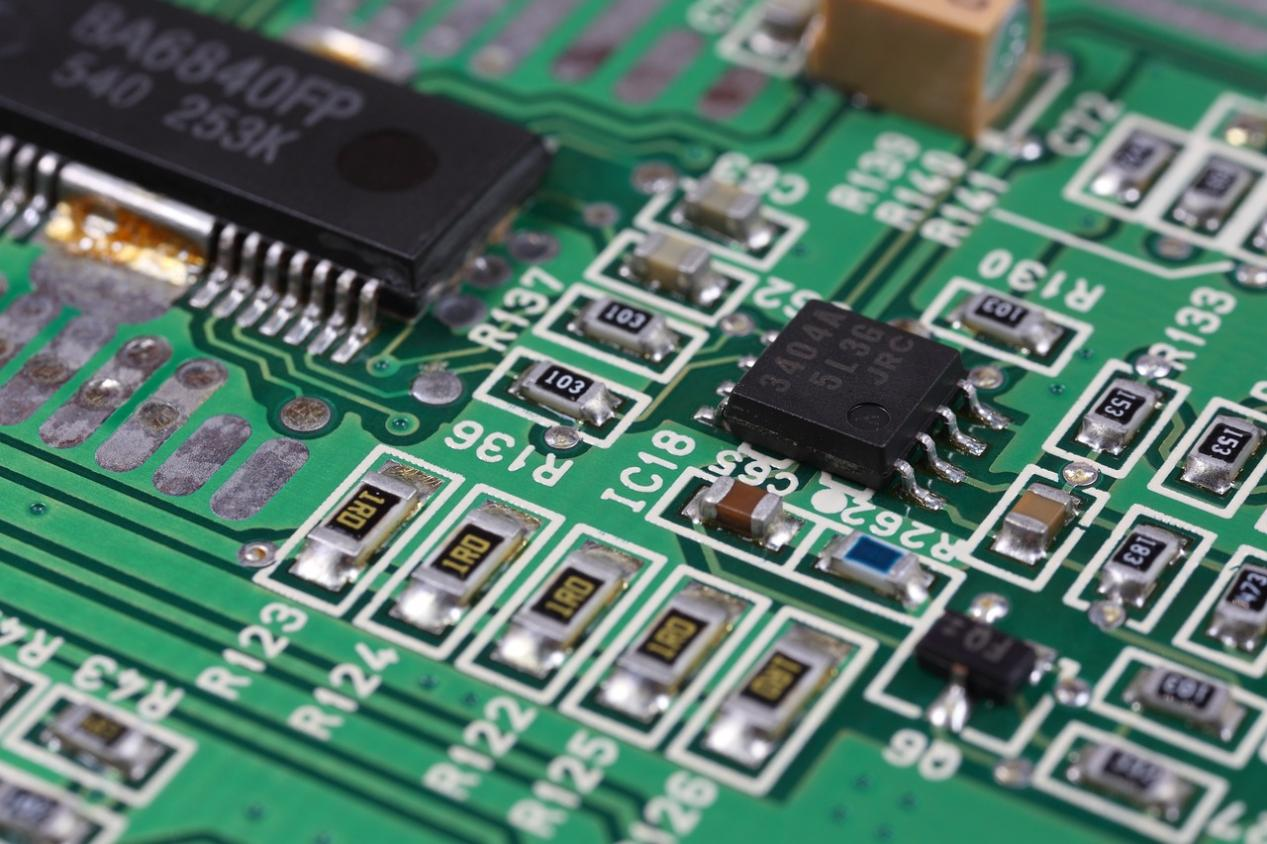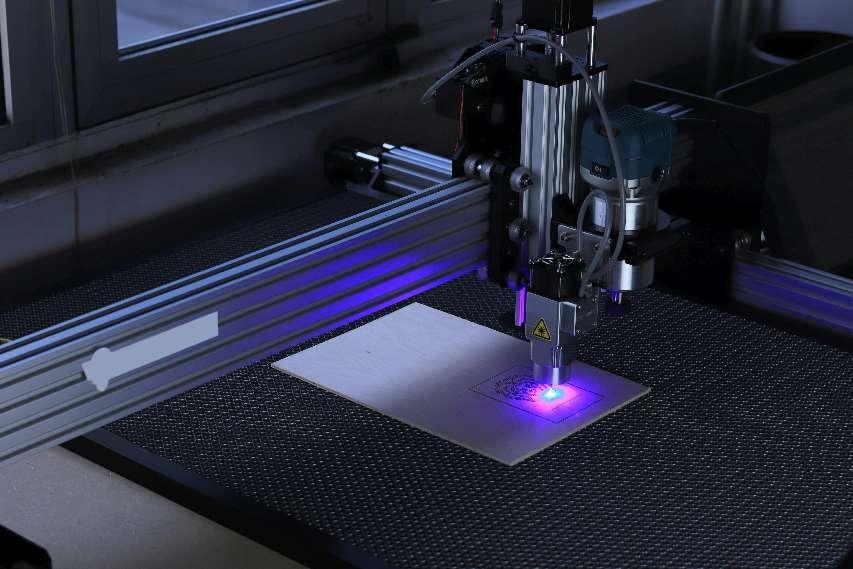Triangulationhigh Precision Laser Distance Sensor in trigonometry and geometry, is a method of measuring the distance to a target by measuring the angle between the target point and known endpoints of a fixed baseline. It does not directly measure the distance to a specific location. When one side length and two observation angles are known, the observation target can be identified as the third point of a triangle.

This method is simple in principle and requires a small amount of data. It can measure various types of object surfaces, including mirrors, rough surfaces, transparent objects, etc., with a measurement range from micrometers to meters. However, it can only measure the height of a point or an object on a line on the object to be measured at a time. To achieve full-field measurement, the measurement equipment needs to be installed on a two-dimensional or one-dimensional scanning system. Triangulation also has wide applications in astronomy, such as measuring the distances between the Sun, the Moon, and other celestial bodies and the Earth.OEM laser distance measurement

Phase measurement, on the other hand, focuses on the phase changes of sinusoidal signals after passing through different times or networks. Phase measurement typically refers to the measurement of the phase difference between two signals with the same frequency, most commonly the phase shift between the input and output signals of a network. Phase measurement methods have the advantages of full-field and rapid measurement, making them suitable for a wide range of measurement needs.Laser Distance Sensor meter In summary, cmos laser distance module triangulation calculates distances primarily through angle measurements, while phase measurement focuses on the phase changes of signals under different conditions. These two methods have their respective advantages in different application scenarios, and the choice of which method to use depends on the specific measurement requirements and conditions.